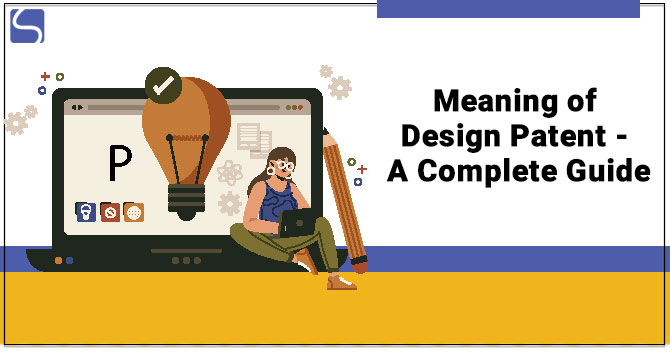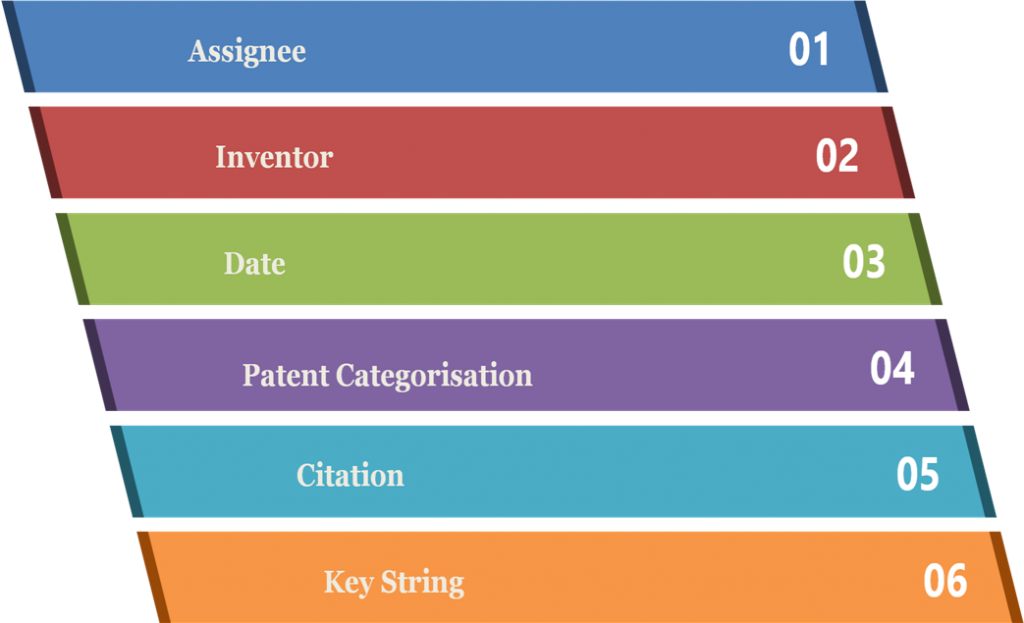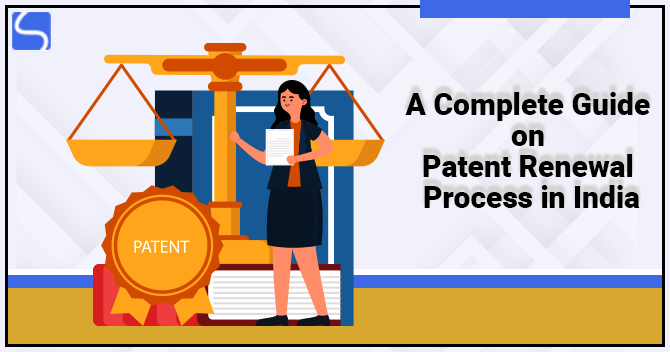Meaning of Design Patent – A Complete Guide

Karan Singh | Updated: Jul 01, 2021 | Category: Patent
Design Patent plays an essential role in our everyday life. Here, a Patent is a government license or authority furnishing a right for a set of the period, especially the selling rights to exclude others from selling or making ideas or inventions. There are three different types of Patents. This Patent is one of them which has an essential role.
A Patent of Design is a type of legal protection of various visual aspects of a manufactured item. Patent of Design may be issued if the product has an individual configuration, unique exterior ornamentation or both. In other terms, this Patent safeguards the ornamental Design of something that has a practical benefit. As the name proposed, a Design Patent is used to give the inventor exclusive rights to what or how an invention should look like. This is a distinct feature because such Patents are given when the inventor has a new idea or invention, and it safeguards only the invention’s look.
An item that is considered the same as something that has the Patent protection of Design may not be copied, made, or imported into the nation. Generally, this Patent safeguards the inventor for ten years (with an extra five years upon the fee payment of renewal). To get the consent for a Design Patent, the Patent Office should be convinced that the Design being patented is distinct only to this invention.
Table of Contents
An Overview of Design Patent in India
In India, this Patent is granted on the adorned Design of a practical item. It’s a type of industrial design, right. Patent of Design protects only the ornamental manifestation of an invention, not its utilitarian of an invention nor its practical features. This Patent is issued to any individual who has invented any new and non-obvious ornamental design for an article of manufacture. Such Patent protects only the look of an article, but not its structural or architectural or functional features.
Advantages of Design Patent
- Such Patents are cheaper than other Patents;
- By filing an application for Patent Registration on your Design, you can save your Design from being copies;
- Such Patents have zero maintenance fee if the Design is granted as a Patent;
- The rate of allowance is higher, and Patents of Design can usually be obtained much faster;
- Such Patents are usually considered to be advantageous to stopping or preventing wholesale copy. They can also be used to protect against the violation of product designs.
What are the Checklist Search Criteria for Design Patent in Indian Database?

- Assignee: Searching for the owner or assignee of a Patent, like Samsung or Microsoft, is a great restriction criterion.
- Inventor: If you consider that an exacting inventor may have used a related Design in the past, you can restrict your search to specific inventors.
- Date: Date searching can be very beneficial. This is especially true if a design would have been more victorious or likely of use during a detailed period in time.
- Patent Categorisation: Using the proper class action for a Patent, it can restrict the search field. For instance, the Locarno Classification which is identified as the global classification for industrial & modern Design.
- Citation: If you consider that a specific type of product is the origin for many similar designs, you may limit the search by citations to the prior Design.
- Key String: This is a sort of keyword or combination of word search, where words can be in the title or headline or description of the product design.
Vital Information Required for Patent Registration of a Design
The owner of the Design must submit a duly filled Patent Registration application form as examined under Section 5 of the Indian Designs Act, 2000[1], along with the information as mentioned below:
- Two copies of six images of the rear, front, top, bottom, right side, left side view of an invention or the article;
- Address and correct name of the candidate;
- A statement or legal status of the candidate, whether the candidate is a person, company, etc.;
- The essential official fee for the design application;
- The class in which the Design is to be designated and the articles to which the Design is to be executed;
- The plan for which the article is to be utilised;
- A brief explanation of the uniqueness of the application along with the illustration sheets.
Documents for Design Patent Registration
- Name, Address and nationality proof of the candidate;
- Patent photographs or drawings in different views;
- Power of Attorney (can be extended within one month from the filing date);
- Certified copy of the priority application (within one month from the filing date).
What is the Process of Design Patent Registration?
Below is the step by step process of Patent Registration of Design in India:
Step 1: Write Down the Idea or Thought, Invention with the correct details like:
- Invention area;
- Invention Description;
- How does it work;
- Invention benefit.
Step 2: Comprise diagrams, sketches or drawings explaining the invention working: The diagrams & drawings must be created to show the working of the invention in a better way with visual illustrations. They play an essential role in the Patent application.
Step 3: Verify Whether the Invention is Patentable Subject Matter: All inventions may not be patentable; per the Indian Act, certain inventions are patentable in detail.
Step 4: Patentability Search: Let’s determine whether your invention meets all patentability criteria accordingly Indian Patent Act like:
- It must be unique;
- It should be Non-Obvious;
- The invention must be patentable subject matter;
- The invention must have industrial application;
- It must be enabling.
Step 5: Decide whether to go with Patent: The reports and views of Patent aid in deciding whether to go forward with the Patent or not; probabilities are what was thought as a unique idea might already be patented and know to the public in some knowledge form. Therefore, this report saves time.
Step 6: Write or Draft a Patent Application: If you are in the initial phase of the invention, an idea or concept, you can choose a Provisional Patent Application. It has the following advantages:
- It protects a filing date;
- Twelve months to file full specifications;
- Low cost.
Filing a Provisional Patent is not an obligatory step. If you are in a phase where you have the full information regarding your invention, then you can quickly opt out to complete the specification.
Step 7: Publication of a Patent Application: If a Patent application is filed, the Patent will be published after eighteen months. If you don’t want to wait for eighteen months from the filing date, an early publication request can be made along with the fees.
Step 8: Request for Inspection: The Patent application will be inspected only after getting a request from the RFE (Request for Evidence). Getting this request, the Patent Controller gives your Patent application to a Patent examiner who inspects the application with various patentability criteria which have discussed above.
Step 9: Reply to Objection: Most applicants will get some objections based on the examination report. To solve this issue, examiner the report with Patent experts and prepare a reply to the objections raised in the examination report.
Step 10: Issuance of Patent Registration Certificate: If the application fulfils all the necessities of Patent, the Patent application will be placed for the issue. The issuance of the Patent Certificate will be informed from the Patent Journal, which will be published from time to time.
Conclusion
Patent applications for Design are usually considered to be relatively small in range and have a shorter life duration. Apart from these constraints, Design Patents are a very effective tool for safeguarding products with an innovative ideas. They prevent your opponents from replicating the looks of your designs. Features of the product can often be as valuable or even more essential to your clients as the functionality itself.
Read our article:Patent Drawing and its Significance – An Overview














